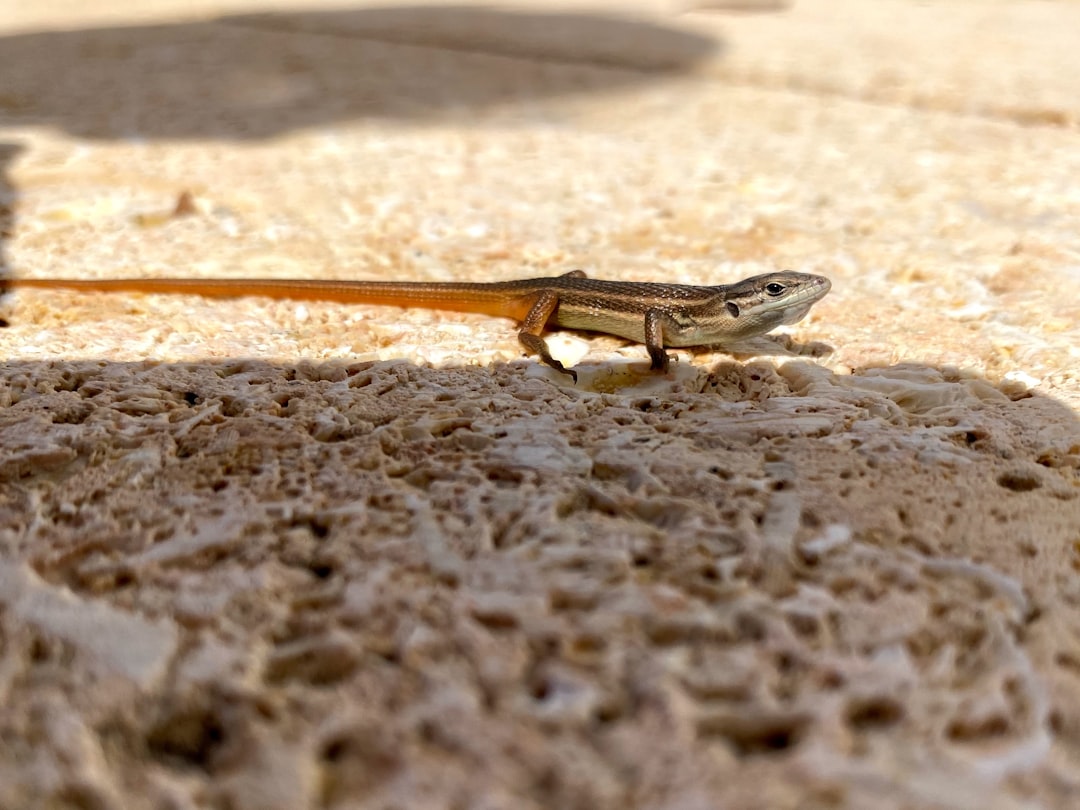What is it about?
The influence of chemical and physical stimuli on the diel patterns of oviposition behavior of the borer Stenoma catenifer Walsingham (Lepidoptera: Elachistidae) were investigated. All experiments were conducted in the laboratory (25 ± 2°C, 60 ± 20% RH, photoperiod of 14:10 [L:D] h) by using five pairs per cage (n = 5). To evaluate response to chemical stimulation, the cages were lined internally with a paper towel containing different treatments: 1 and 2) avocado fruit of ‘Margarida’ and ‘Breda’, 3) artificial fruit, and 4) no fruit (natural or artificial). Quilted paper towel, nonquilted paper towel, and a smooth sheet of paper were used to evaluate response to the substrate. The numbers of eggs in all treatments that included avocado fruit were statistically higher than the others. Likewise, the numbers of eggs on quilted paper towel were statistically higher than on nonquilted paper towel or on smooth paper. The peak egg-laying time in the laboratory occurred from 2000 to 2400 hours.
Featured Image
Read the Original
This page is a summary of: Oviposition Behavior of Stenoma catenifer (Lepidoptera: Elachistidae): Chemical and Physical Stimuli and Diel Pattern of Egg Laying, Annals of the Entomological Society of America, May 2005, Oxford University Press (OUP),
DOI: 10.1603/0013-8746(2005)098[0409:oboscl]2.0.co;2.
You can read the full text:
Contributors
The following have contributed to this page










